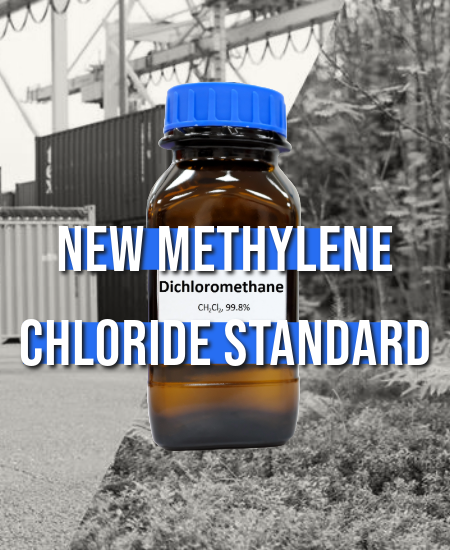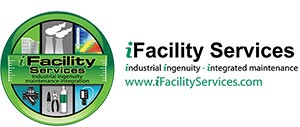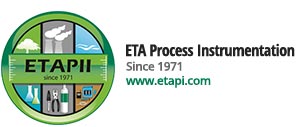Leave a Comment / By J Houton / August 5, 2024
April 30, 2024, the U.S. Environmental Protection Agency finalized a ban on most uses of methylene chloride, a dangerous chemical known to cause liver cancer, lung cancer, breast cancer, brain cancer, cancer of the blood, and cancer of the central nervous system, as well as neurotoxicity, liver harm and even death.
Uses that will continue under the Workplace Chemical Protection Program are highly industrialized and important to national security and the economy. These are uses for which EPA received data and other information that shows workplace safety measures to fully address the unreasonable risk could be achieved. These uses include:
- Use in the production of other chemicals, including refrigerant chemicals that are important in efforts to phase down climate-damaging hydrofluorocarbons under the bipartisan American Innovation and Manufacturing Act
- Production of battery separators for electric vehicles
- Use as a processing aid in a closed system
- Use as a laboratory chemical
- Use in plastic and rubber manufacturing, including polycarbonate production
- Use in solvent welding
Additionally, specific uses of methylene chloride required by the National Aeronautics and Space Administration, the Department of Defense, and the Federal Aviation Administration will also continue with strict workplace controls because sufficient reductions in exposure are possible in these highly sophisticated environments, minimizing risks to workers.
Measuring Methylene Chloride
Methylene chloride is a difficult gas to measure, and exposure limits are very low. The Gasmet GT5000 is an ideal solution. The GT5000 has a lower detection limit of 30 ppb for methylene chloride with one minute sampling (measurements are taken 10 times per second, 600 times per minute, and the 600 measurements are averaged for the 1 minute reading). Sampling can be done faster than one minute intervals, but the lower detection limit increases – it will still be in the low ppb range.. Depending on the configuration, the GT5000 can measure up to 50 gases simultaneously without cross-interreference.
Detection limits for other gases are also typically sub-ppm.





